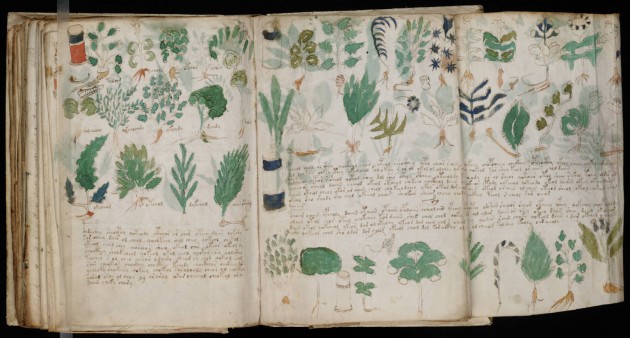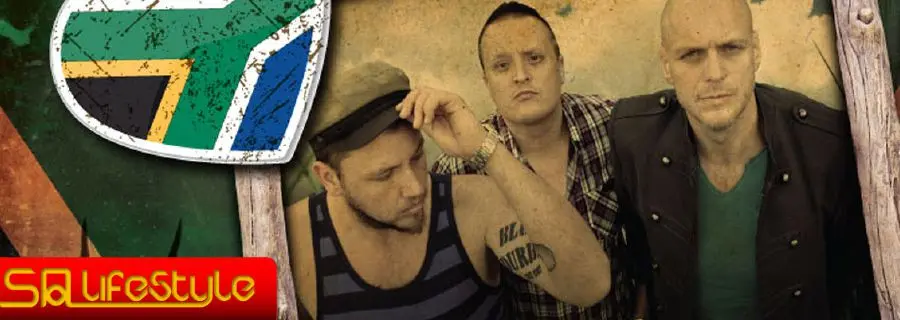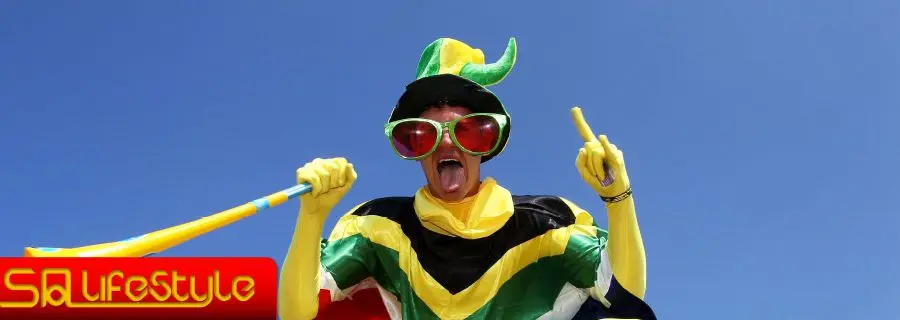
I was messing around on the internet this morning and came across a website featuring unsolved mysteries. Two of them I have looked at before, namely the Dyatlov Pass incident and the Taman Shud case. If you thought those two mysteries were weird then you need to take a look at this. The Voynich manuscript has been described as “the world’s most mysterious manuscript”. It has been dated as being written in the early 15th century (1404–1438), and is named after the book dealer Wilfrid Voynich who purchased it in 1912.Some pages are missing, but there are now about 240 existing pages, most with illustrations. Much of the manuscript resembles herbal manuscripts of the 1500s, seeming to present illustrations and information about plants and their possible uses for medical purposes. You are probably thinking so what? Well this is where it gets really weird. Most of the plants do not match known species, and the manuscript’s script and language remain unknown.
The manuscript is a small book—23 x 16 centimeters (about the size of a small volume of Penguin Classics). It is written in a code made up of an alphabet of between 20 and 30 characters, depending on the transcription. Most of the pages also bear illustrations: large-leafed plants, long tubes,astrological charts, a few goats, and many, many naked ladies bathing in pools and holding hands.
Theories abound about the origin and nature of the manuscript. Some believe it was meant to be a pharmacopoeia, to address topics in medieval or early modern medicine. Many of the pictures of herbs and plants hint that it many have been some kind of textbook for an alchemist. The fact that many diagrams appear to be of astronomical origin, combined with the unidentifiable biological drawings, has even led some fanciful theorists to propose that the book may have an alien origin.One thing most theorists agree on is that the book is unlikely to be a hoax, given the amount of time, money and detail that would have been required to make it.
Perhaps the manuscript’s most famous wooer was William F. Friedman, a Jewish U.S. Army cryptographer, who is considered one of the foremost code-breakers of all time. Born Wolf Friedman in Kishinev, Bessarabia, to a father who worked as a translator for the Russian Postal Service—Friedman Sr. reportedly knew eight languages—Wolf’s name was changed to William after the family immigrated to Pittsburgh in 1892. While working as a geneticist in the 1920s, he met Elizabeth Smith, a cryptographer who helped break codes for the government in order to expose communists and drug runners during Prohibition. They met when Smith was working for Elizabeth Wells Gallup,who was trying to prove that there were hidden cyphers in Shakespeare’s works, which Gallup believed were composed by Francis Bacon.
During World War I Friedman worked for the U.S. Army to break German codes, and in 1940 he led the team that broke PURPLE, a Japanese cryptographic machine used to convert messages into code, which wasbelieved unbreakable (the Japanese didn’t believe the Germans who told them that the Americans had cracked it and continued using PURPLE long after the Americans had already procured one of the machines). He spent the rest of his life, or something close to it, obsessed with the Voynich. Friedman broke PURPLE, but he could not break Voynich.
So if you are sitting at home today with nothing to do have a crack at it and see if you can solve it. Click HERE to see some pictures of the manuscript.









